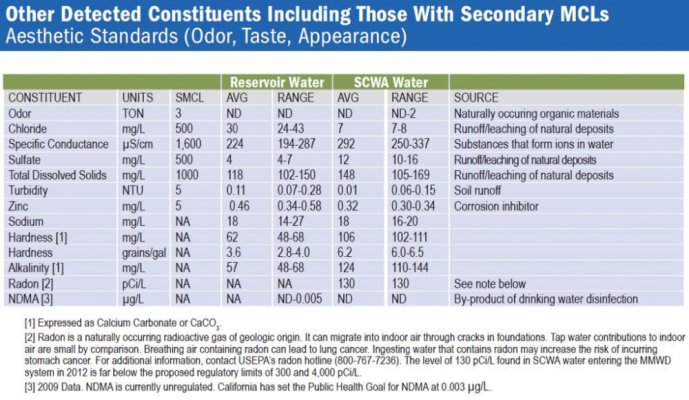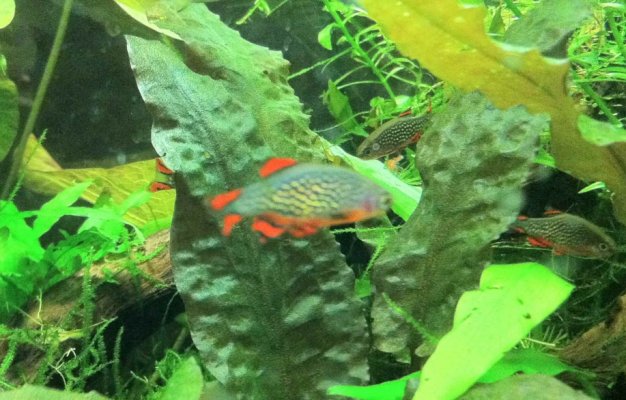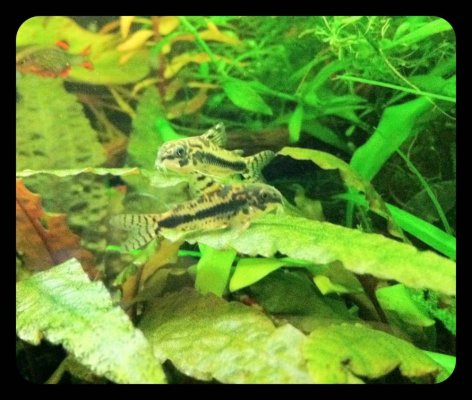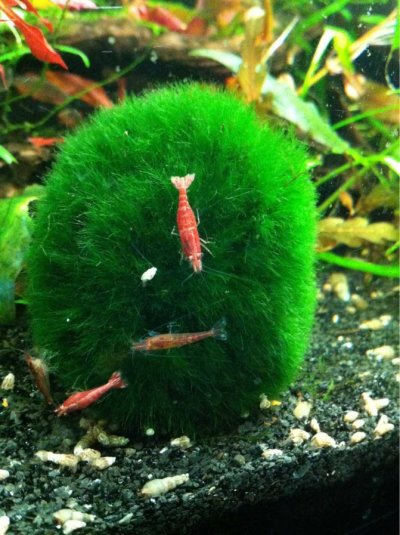OK well luckily this one is pretty simple so no long lectures this time

Your water has some level of solids. This is expressed as Total Dissolved Solids in ppm. It’s kind of the same thing as your hardness – so your water MIGHT be 75-150ppm TDS. (we'll get to why it MIGHT be later)
With freshwater fish, water is absorbed right into the skin (along with going through the gills), so if there is a lot of TDS in the water this goes into a fish's body. The solids, which are a toxin in the body, are then processed out through the kidneys (just like what we do). A hard water fish is used to living in water with a lot of TDS so their kidneys are adapted to the work of quickly filtering out the toxins. A soft water fish is not well adapted to this filtering - their kidneys are equipped to live in water with really low TDS. When they are constantly bringing TDS into their bodies the kidneys have to work quite hard. So while a soft water fish can live in high TDS water, their longevity will inevitably be reduced. For some fish that are already weak, this can result in death. Hard water fish can adapt better to soft water than vice versa.
(OK I guess the lecture isn't over... I’m on a roll!)
There's interesting things to know about water "softness" and "hardness" when it comes to fish as opposed to the way we usually define it when talking about our drinking water.
For fish, “soft” water means water with low TDS. But it’s important to note that a test like the gH test is only testing for certain things in the water, namely calcium and magnesium, that are part of “general hardness”. These are the elements that make water “hard” by standard definitions, but they don’t include all possible dissolved solids. So it’s not really a full picture of your water’s TDS. Your water could test very “soft” on a gH test because it doesn’t have much calcium or magnesium, but be very high in TDS because it has lots of sodium, phosphates, potassium, fertilizer runoff, etc.
For our use drinking/bathing/etc when we consider water hard it means it has a lot of the “general hardness” minerals that make it unpleasant like magnesium and calcium. To make water “softer” for drinking/home use, we use minerals that actually make the water have HIGHER TDS. If you are running a water softener in your house, what it actually does is swap out the magnesium and calcium for sodium and it does this at a rate of TWO ions of sodium per ion of magnesium or calcium. So this means a “water softener” is actually producing water with 2X the TDS of the water that goes in! This means this water is WORSE for your fish than the water from your tap.
This is also why soft water fish do not tolerate salt that well. It is raising the TDS of the water and making it more difficult for them to osmoregulate.
If you really want the best possible read on your water when considering different fish, you need a TDS meter. These are very inexpensive, like this one from Amazon:
HM Digital TDS-EZ Water Quality TDS Tester, 0-9990 ppm Measurement Range, 1 ppm Resolution, +/- 3% Readout Accuracy - Amazon.com
As it stands, if your water is 75-150 TDS, that’s pretty ok for Neons. They are rated ok for 50-150 TDS. And that's usually a conservative range, so they might still be ok above that. But do consider that
a) this is just gH, and your tap's actual TDS may be higher
b) if you plan to fertilize that your TDS will go up, so you’d want to go with a very conservative ferts plan.





